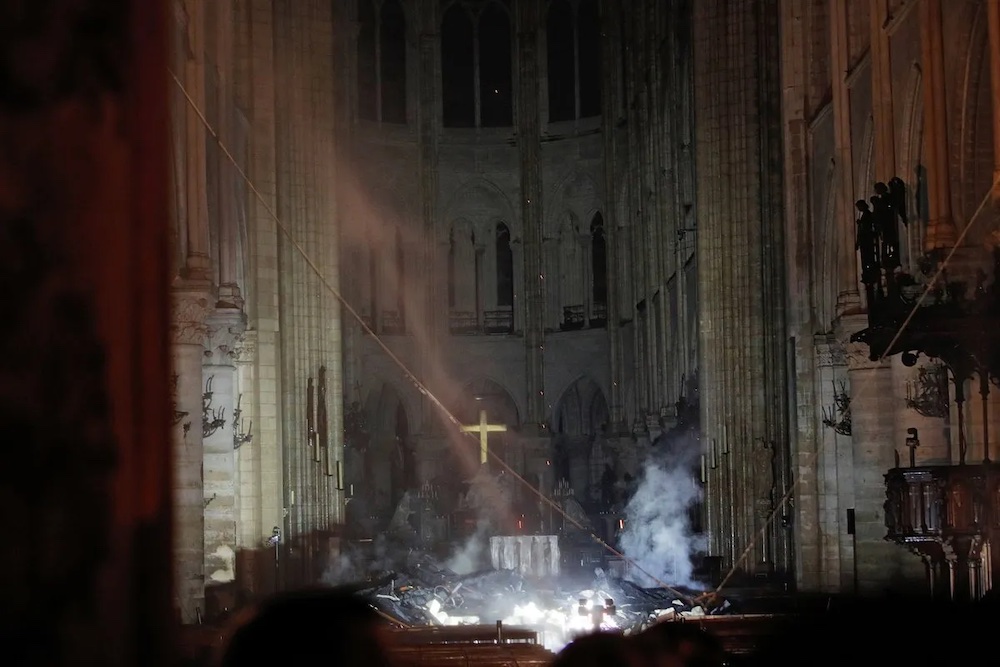 Dear Reader,
Dear Reader,
It is good to be back after a very long hiatus. First it was computer problems, and then it was graduation crunch-time that kept me from posting anything whatsoever on this blog. However, finally, after another move, I’ve got my computer up and running and my schedule under control: So I’m back to the routine of Sunday posts.
One of the joys and struggles of the semi-nomadic life my career imposes upon me is the task of continually searching for a church to attend in each new city I move to. It gives me the opportunity to gauge what is going on in American Christian circles, and think about the effects Christians are having on culture. This Sunday I decided to visit the local Methodist church, simply to see first hand what goes on inside a local congregation of the second-largest Protestant denomination in the U.S.
The service got off to a rather uncertain start as I found myself reciting the following call to worship with the rest of the congregation:
Leader: God whispers your name. Come and Worship.
People: All of us. The proud and the strong, the lost and the searching, the joyous and the sad.
Leader: From a whisper to a shout: Come and worship.
People: All of us. Word-arrangers and finger-painters, rope-jumpers and slow-walkers, belly-laughers and soul-singers.
Leader: Here in this place, the light is shining, joy is brimming and God is beckoning. Come and Worship.
We ended the service with an affirmation of faith that left me wondering just what I was really claiming to have faith in:
Login to read more
Sign in or create a free account to access Subscriber-only content.
